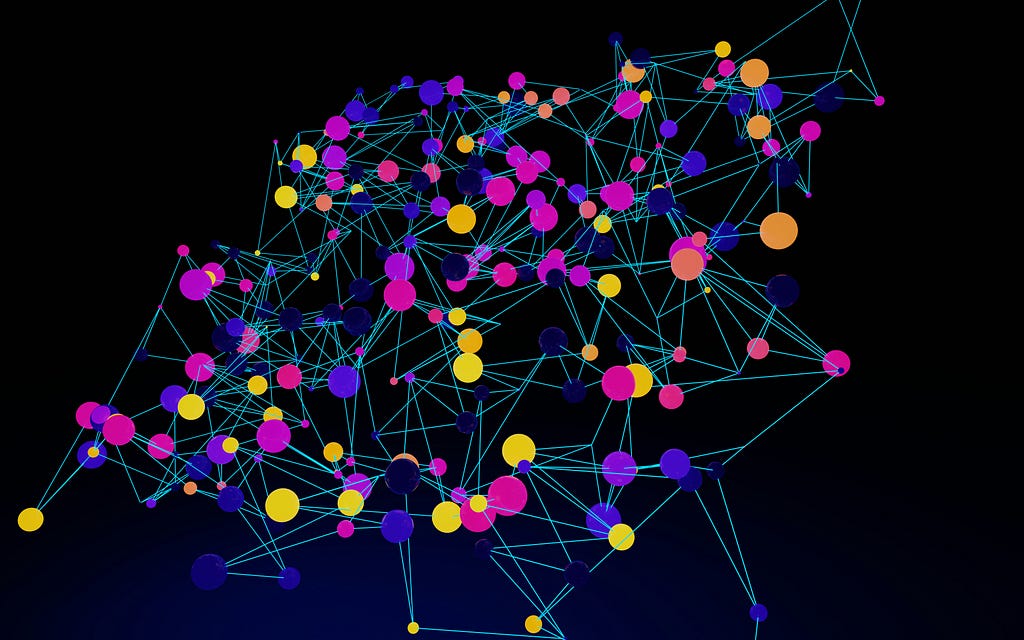Summary:
The article provides a comprehensive tutorial on building a graph convolutional network (GCN) for molecular property prediction using PyTorch. It covers creating molecular graphs, developing the GCN model, and training the network. The tutorial discusses the need for graph neural networks in chemistry and physics and provides code snippets for implementation. It emphasizes the importance of understanding the basics of GCN model-building while acknowledging the scope for further model optimization and data collection.
The tutorial targets readers interested in delving into the fundamentals of GCN for chemistry and offers references to additional resources for in-depth learning.
The code and scripts, along with the dataset used, are available in a GitHub repository. The tutorial specifically aims to make the basics of GCN accessible and serves as a starting point for building GCN models.

“`html
Artificial Intelligence
Artificial intelligence has taken the world by storm. Every week, new models, tools, and applications emerge that promise to push the boundaries of human endeavor.
The need for graphs and graph neural networks
A model in chemistry or physics is usually a continuous function, in which the inputs are connected to the output. For example, the electrostatic interaction between point charges can be represented by a continuous function.
Graph convolution and pooling layers
Consider the initial state of your inputs. The node matrix represents the one-hot encoding of each atom in each row. For the sake of simplicity, let us consider a one-hot encoding of atomic numbers, wherein an atom with atomic number n will have a 1 at the nᵗʰ index and 0s everywhere else.
Implementation in code
Having discussed all the key ideas related to graph convolutional networks, we are ready to start building one using PyTorch. While there exists a flexible, high-performance framework for GNNs called PyTorch Geometric, we shall not make use of it, since our goal is to look under the hood and develop our understanding.
Results
A network with the given architecture and hyperparameters was trained on the solubility dataset from the open-source DeepChem repository containing water solubilities of ~1000 small molecules. The figure below shows the training loss curve and parity plot for the test set for one particular train-test stratification.
For more information and resources, visit the GitHub repository and helpful references provided in the article.
For AI KPI management advice, connect with us at hello@itinai.com. And for continuous insights into leveraging AI, stay tuned on our Telegram t.me/itinainews or Twitter @itinaicom.
Spotlight on a Practical AI Solution
Consider the AI Sales Bot from itinai.com/aisalesbot designed to automate customer engagement 24/7 and manage interactions across all customer journey stages.
Discover how AI can redefine your sales processes and customer engagement. Explore solutions at itinai.com.
“`
List of Useful Links:
- AI Lab in Telegram @aiscrumbot – free consultation
- Building A Graph Convolutional Network for Molecular Property Prediction
- Towards Data Science – Medium
- Twitter – @itinaicom

























